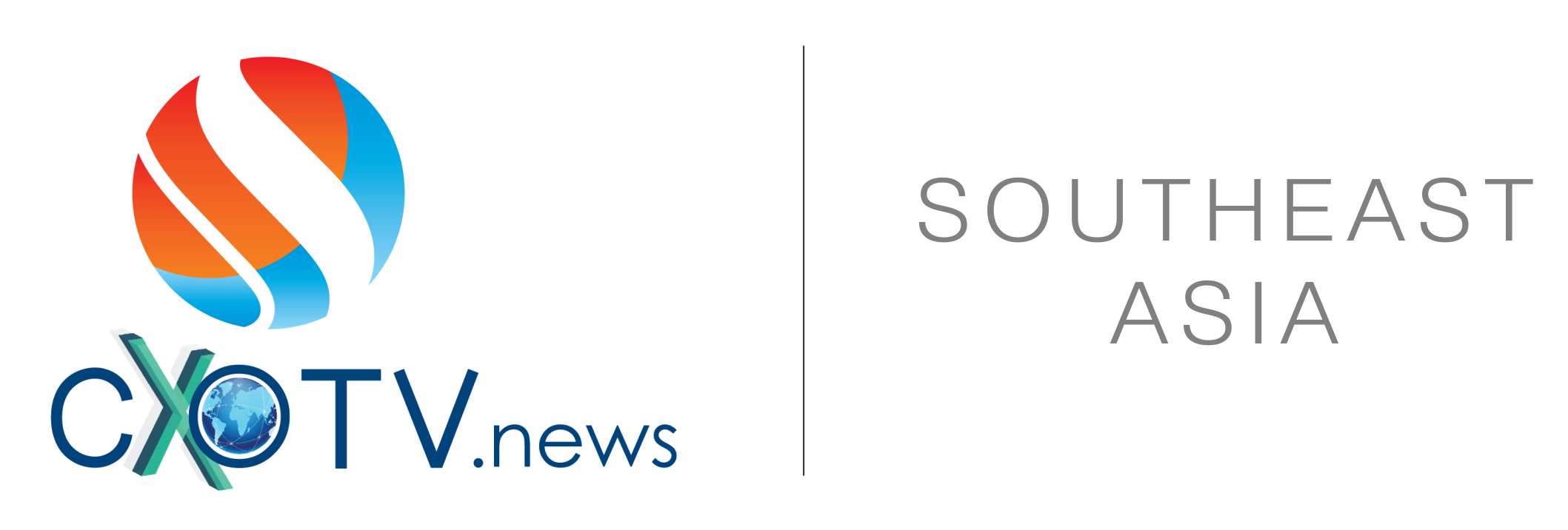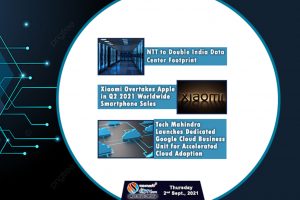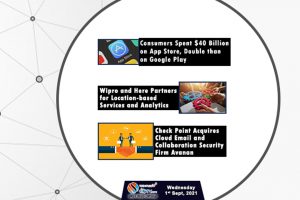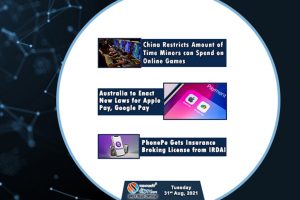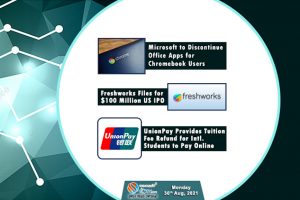Xiaomi Develops Technology to Charge Devices through Sound
Xiaomi has developed a technology that allows smartphones and other electrical devices to charge using sound. According to the patent filed with the China National Intellectual Property Administration (CNIPA), the system uses mechanisms for storing energy and a sound charger, which are used to charge smartphones through sound. It converts the vibration from sound waves into the alternative current, which is then converted to DC power for charging smartphones.
This is not the first time Xiaomi has detailed new ways to charge smartphones; In January this year, the company detailed a technology called “Aircharge” to charge devices remotely.
The core technology of the company’s remote charging lies in space positioning and energy transmission. Xiaomi’s self-developed isolated charging pile has five phase interference antennas built in, which can accurately detect the location of the smartphone. A phase control array composed of 144 antennas transmits millimeter-wide waves directly to the phone through beamforming.
It also announced a technology called HyperCharge last month, which uses 200W charging to achieve higher charging speeds. Xiaomi claimed that the technology could charge a 4000 mAh battery in 8 minutes, something that no one has achieved so far.
Microsoft Launches New Visual Collaboration Tool for Hybrid Work
Microsoft has introduced the completely new Microsoft Whiteboard, the visual collaboration workspace in Microsoft 365, designed for hybrid work. The solution offers streamlined hybrid work and collaboration experiences with focus on five key areas: guided collaboration, new content types, new user interface, improved inking experience and expanded Microsoft 365 integration.
The new solution offers a number of features including Collaboration Cursors, which helps users to be remote, but feel together, by showing where and what other collaborators are doing on the whiteboard. Get other people’s attention as you share your best ideas with the new Laser Pointer. Reduce distractions while guiding users through ideas with Follow Along.
Further, collaboration powered by rich content is a key part of the new Whiteboard experience. This allows everyone to contribute in the way that best suits their idea, device type, or personal preference. It offers a new user interface to support our ever-growing capabilities. The new Fluent Toolbar adds a modern visual refresh to the expanded set of visual collaboration tools. The new Creation Gallery provides a highly discoverable, intuitive and responsive layout across devices as large as a Surface Hub and as small as a phone. The new Whiteboard provides a Single Unified User Experience across all devices, operating systems, and platforms.
The new Whiteboard is empowering everyone to leverage the unique visual expression capabilities that ink can offer. Improved Mouse Inking smoothes ink, making it easier than ever for those with a mouse or trackpad to visually communicate ideas that are hard to write in words.
The new Whiteboard is now integrated into even more areas across Microsoft 365 to more seamlessly fit into your existing workflows. Whiteboard is now available in Teams Channels & Chats. The new Share Content experience in Teams Meetings allows you to easily start a collaborative whiteboard for everyone in the meeting with just one click.
Google Cloud Partners with Axiata to Advance Digital Adoption across Asia
Google Cloud and Axiata Enterprise, a leading telecommunications group in ASEAN and South Asia, have formed a strategic partnership to serve the evolving needs of millions of companies across rapidly digitalizing economies in Asia.
The partnership will be rolled out in two distinct phases. The first will see Axiata’s Digital Telcos offering Google Workspace as part of their integrated ICT portfolio and solution bundles to Small and Medium Businesses (SMBs). Dialog in Sri Lanka will lead, with implementation scheduled for Q2 this year, followed by Celcom in Malaysia, XL in Indonesia, Robi in Bangladesh, Ncell in Nepal, and Smart in Cambodia by the second half of the year.
The second phase of the partnership will see Axiata’s Digital Telcos continue to leverage Google Cloud’s core compute, storage, and networking capabilities to modernize their infrastructure and drive their digital transformation initiatives.
